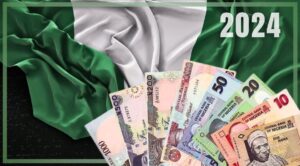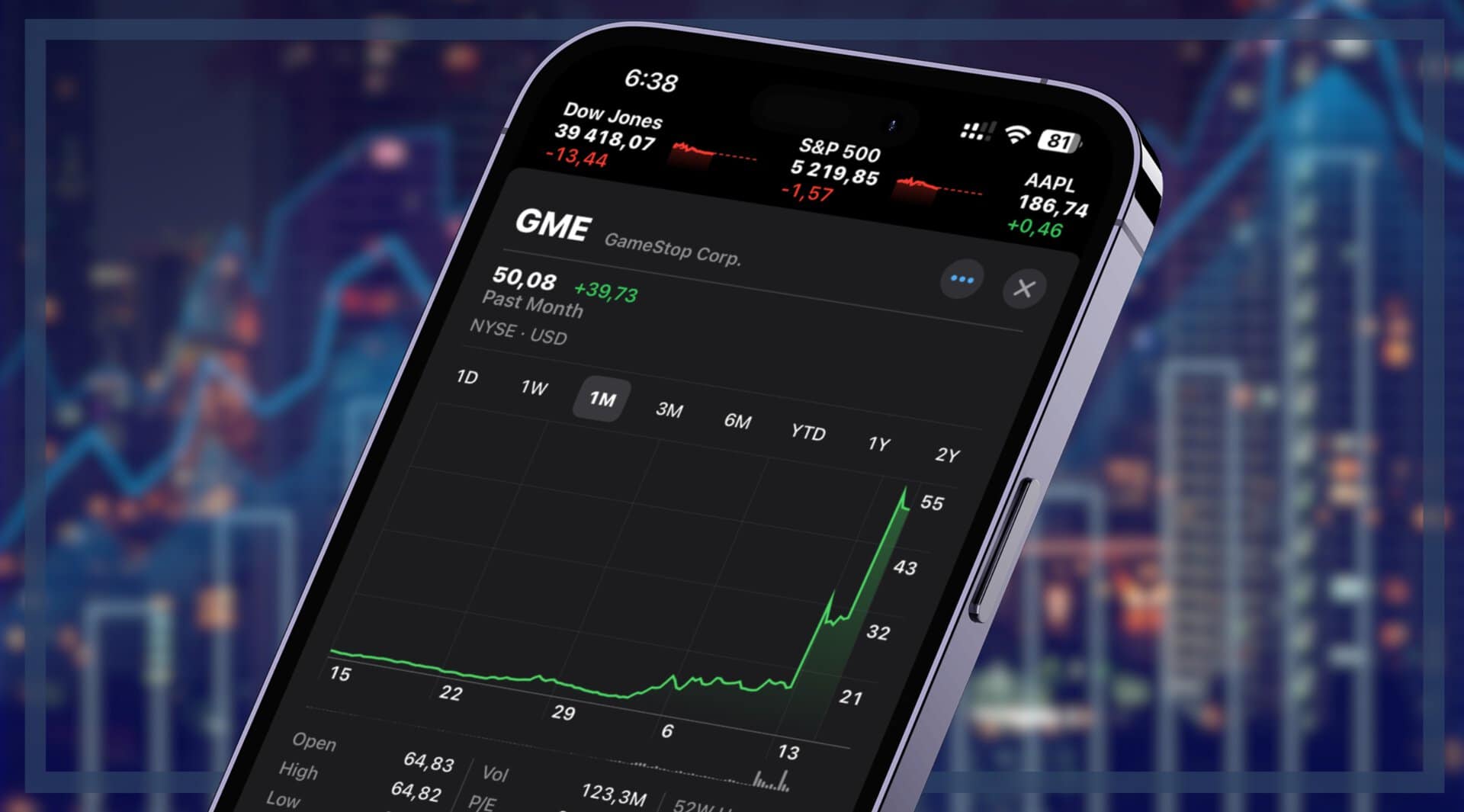The Pakistani Rupee (PKR) has been having a difficult time on global foreign exchange markets over the last twelve months or so. Despite the country’s relatively strong capital controls, the rupee has lost over half of its value against the dollar in just a year. Partly this can be attributed to the stronger US dollar we have seen since 2020. The greenback began to strengthen considerably against most currencies at the onset of the coronavirus pandemic when traders sought the safe haven of the dollar.
Then, last year, the Federal Reserve became the first central bank to embark on a course of monetary tightening in response to high levels of inflation. The offer of higher interest rates in the US sparked high levels of capital inflows into the States, boosting the dollar to the detriment of emerging market currencies like the rupee.
While almost every currency – both G7 and emerging market currencies – has struggled against the dollar, conditions in Pakistan are uniquely challenging. Disruption Banking sees three major factors that could determine whether the rupee has any prospect of recovery this year.
#Pakistan's economic death spiral just keeps spinning. In this week's Hanke’s #CurrencyWatchlist, #Pakistan takes 13th place. Since Jan 2022, the Pakistani rupee has depreciated against the USD by 38%. To save the rupee, PAK must install a #CurrencyBoard. pic.twitter.com/nERhg1E1ue
— Steve Hanke (@steve_hanke) April 23, 2023
IMF Bailout
Negotiations have been ongoing for several months about a potential bailout from the International Monetary Fund (IMF). Islamabad is adamant that a $1.1 billion package is needed to avert the country from defaulting on its debt. Pakistan’s external debt and liabilities stood at $126.3 billion in December 2022. Many countries have struggled to service external debt in the new era of higher interest rates, which has pushed up debt repayment costs. Because external debt is usually denominated in US dollars, a stronger dollar also makes repayments more expensive. Pakistan’s foreign reserves have dwindled, with the State Bank of Pakistan now saying it only has enough reserves to finance four weeks of imports.
A bailout appears to be getting nearer. The IMF wants confirmation that Pakistan’s allies are financing partners are helping resolve the situation before releasing the funds. Pakistan’s Federal Minister of Finance, Ishaq Dar, tweeted recently that the UAE authorities have pledged support. It is likely that the IMF will, eventually, deliver the funds to Pakistan.
This would undoubtedly help stabilise the Pakistani economy and ensure the country can keep to its debt commitments. However, the IMF would likely insist that Pakistan moves towards a properly free-floating currency and liberalised foreign exchange markets. This has been a precondition for packages in Egypt and Ethiopia, for example, and both saw their currencies decline further in the aftermath. A similar fate could be in store for the rupee.
IMF program — 9th Review Update:
— Ishaq Dar (@MIshaqDar50) April 14, 2023
UAE authorities have confirmed to IMF for their bilateral support of US $ One billion to Pakistan.
State Bank of Pakistan is now engaged for needful documentation for taking the said deposit from UAE authorities.
AlhamdoLilah!
Trade Deficit
Another difficulty for the Pakistani rupee could come from its trade deficit. Pakistan has traditionally been a consumption-driven society: it relies on imports for essential goods, most of which are paid for in US dollars or other foreign currencies. These dynamics mean that the rupee is often under pressure: when there is high demand for US dollars relative to the rupee, this invariably means the Pakistani currency will weaken. The authorities have taken steps to reduce the country’s reliance on imports in light of the pressure on the national currency, with the trade deficit narrowing by 37.2% year-on-year to PKR 0.411 billion in March 2023. Reduced levels of imports have likely helped prevent the rupee from declining further.
However, it is questionable whether this narrowing is sustainable or likely to continue. Umair Naseer, the Director of Research at Topline Securities in Karachi, predicted that Pakistan will see “a gradual reopening of imports [that] will further widen the gap between demand and supply of the foreign currency and devalue the rupee.” If and when higher levels of imports resume, the rupee will find itself under greater pressure.
Political Instability
Political turmoil in Pakistan has also heaped pressure on the rupee. In April 2022, the government led by Tehreek-i-Insaaf (PTF) leader Imran Khan was ousted in a no-confidence vote. Khan had lost the support of coalition allies, and also that of Pakistan’s powerful military. Supporters of Imran Khan have alleged that he was subject to a US-backed coup that removed a democratically elected official from office. The new prime minister, Shehbaz Sharif, has inherited a precarious situation both economically and politically.
The instability is ongoing: there have been violent clashes in Islamabad and other cities around Pakistan. A general election is due to be held later this year, with the popularity of the ousted Imran Khan appearing to soar. Regardless of the result, the rupee is likely to remain under intense pressure as a result of the political turmoil that is likely to continue for months.
Bloomberg reports on increasing popularity of PTI Chairman @ImranKhanPTI : https://t.co/SprvW8laDR
— PTI (@PTIofficial) March 7, 2023
The Pakistani rupee could be in for further turbulence in the months ahead. The consequences of an IMF bailout, widening trade deficit, and political instability could all heap further pressure on the currency. However, a weakening currency is just one element of the broader economic instability that Pakistan is experiencing.
Author: Harry Clynch















